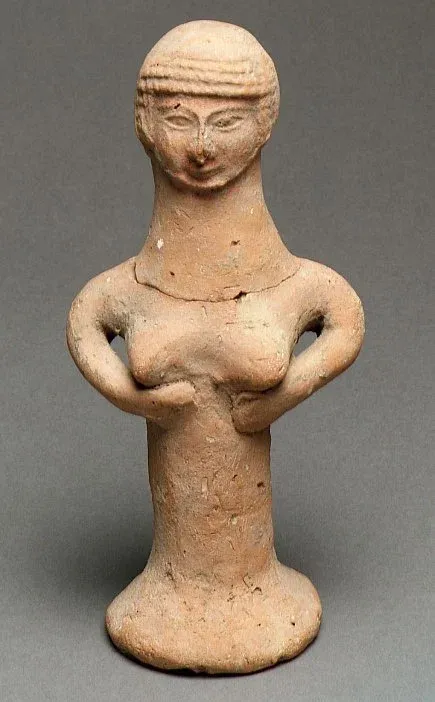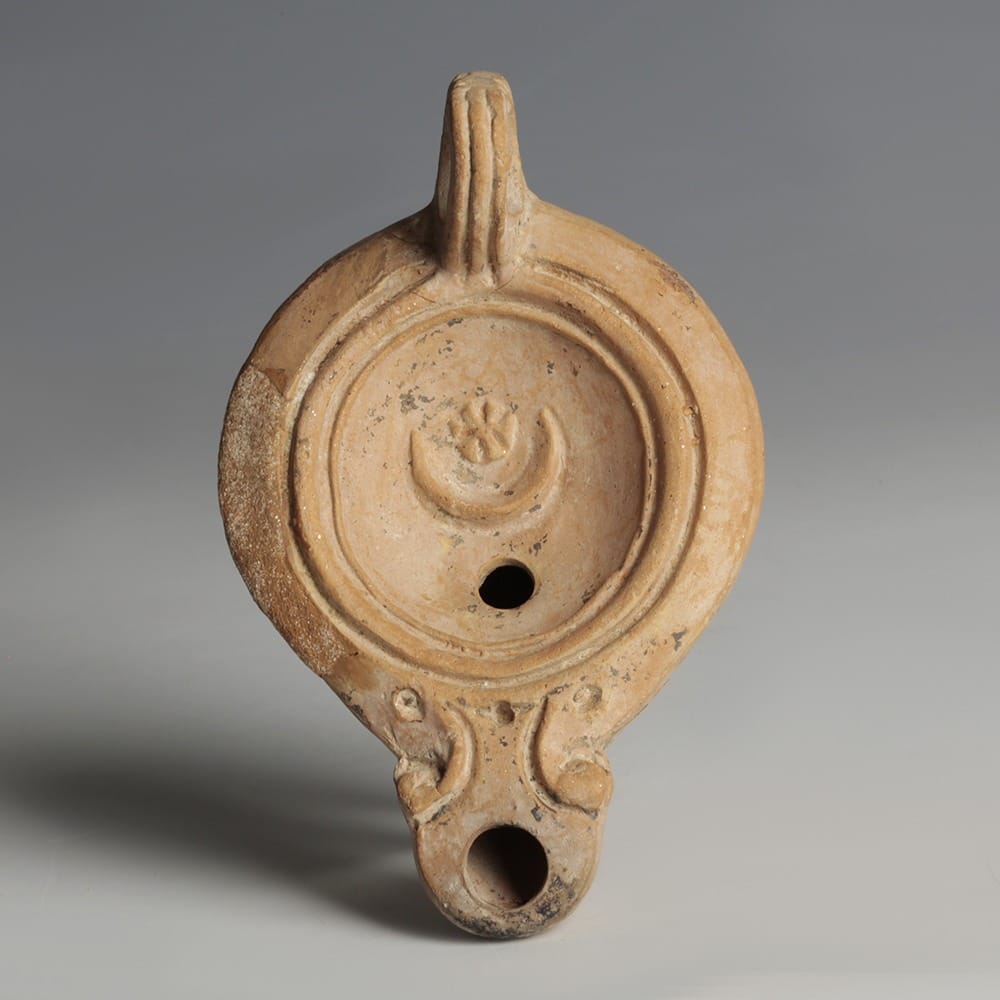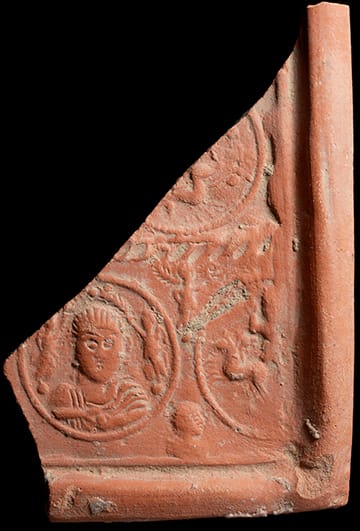Idol Chatter
What We Talk About When We Talk About False Worship

IF YOU LIVE IN THE U.S. AND YOU HAVEN'T VOTED YET, PLEASE DO SO!
🗳️Democracy matters. Your stake in it matters.
🗳️Downballot elections are critical. Ballot measures are crucial.
🗳️Deciding who you want to be pushing towards your justice goals matters.
🗳️People's lives are at stake in a myriad of ways.
Sitting out doesn't move policy.
Show up. It's not the end of the work, it's just today's unskippable errand.
This is Life as a Sacred Text 🌱, an everybody-celebrating, justice-centered voyage into ancient stories that can illuminate our own lives. It‘s run on a nonprofit, so it’s 100% NAZI FREE. More about the project here, and to subscribe, go here:
NB: I‘ll be speaking with the incredible, thoughtful author of The Klansman’s Son: A Journey From White Nationalism to Antiracism at the Chicago Humanities Festival this coming Shabbat in Hyde Park. Join us! More info here.
OK. Now!
We're going to be talking a bunch about idolatry as we amble down this dusty Deuteronomy trail. Our boy King Josiah (or at least the scribes in his universe) had a lot of interest in it, talked a lot about it, and, honestly, there's a lot of cool stuff to discuss about the whole subject that we haven't had a chance to unpack at other points in our Torah conversation– and if not now, when? As they say.
So this first missive will investigate, in its own way, some of what conversations about idolatry are so often really about.
Let's start with some text, to anchor ourselves. First, in Exodus:
You shall not make for yourself a sculptured image (pesel/פסל) or any likeness of what is in the heavens above, or on the earth below, or in the waters under the earth. You shall not bow down to them or serve them. (Exodus 20:4-5)
OK, got it. Clear?
You know what a number of archeologists suggest are not prohibited in this list?
These lovely ladies.

Thousands of these clay figurines (what scholars call Judean Pillar Figurines, or JPFs) have been found all over the biblical kingdom of Judea, dating to the First Temple era. They were evidently very common, and seemed to have been prevalent across various sectors of Judean society.
Scholars have puzzled over their purpose for decades. Are they like amulets? Fertility figurines? Are they connected to the official state religion? To forbidden practices? To foreign cults? They're definitely made of local clay, so they're not imports.
When scholars do a scan of where else pesel (that word from Exodus, above) is found in the Bible, they find that it means "to hew into shape," and seems to refer to working with stone, or to idols made of wood, stone or metal– not clay! And, actually, we see elsewhere a lot of talk about clay in the household and its issues around the sacred cooties (tumah), without any mention of these figurines as problematic. Curious.
So after all this, we come, finally, to Deuteronomy.
We're in Chapter 4:
For your own sake, be most careful—since you saw no shape (tmuna/תמונה) when God spoke to you at Horeb out of the fire—not to act wickedly and make for yourselves a sculptured image in any likeness whatever (pesel tmunah col semel tavnit/ פסל תמונה כל סמל תבנית): the form of a man or a woman, the form (tavnit/תבנית) of any animal on earth, the form (tavnit/תבנית) of any winged bird that flies in the sky, the form (tavnit/תבנית) of anything that creeps on the ground, the form (tavnit/תבנית) of any fish that is in the waters below the earth.—And when you look up to the sky and behold the sun and the moon and the stars, the whole heavenly host, you must not be lured into bowing down to them or serving them. These God your God allotted to other peoples everywhere under heaven—whereas you were taken and brought out of Egypt, that iron blast furnace, to be God's very own people, as is now the case. (Deuteronomy 4:15-20).
A lot more words, this time! Many lots of words! (Horeb is another name for Mt. Sinai, btw.) Many debates about when these words are from, first of all. Some think they're from the same time as the rest of the Found Torah Scroll, some think it's from later, during the Babylonian exile, when ideas about things like our JPFs would already have been shifting.
But either way, the words used here are broader and don't provide much information about the materials in question. Though, a few verses later, (4:28) the text refers to "gods of wood and stone, made by human hands," — and there, the context is clearly about the foreign gods that are served "among the nations."
Relatedly: The production of JPFs seems unaffected by any kind of anti-idolatry reform movement by King Josiah (or his grand-predecessor Hezekiah, about whom we'll talk more some other time). So if anybody did try to clean up an idolatry problem in real life (aka outside the realm of the text), it didn't impact the rate of clay figurine making.
TL;DR?
These JPFs were likely an ingrained part of the local culture– and the idolatry described both in Exodus and Deuteronomy 4 seems to be about, as archeologist Erin Darby puts it,
"preventing Israel from adopting the practices attributed to the surrounding people."
(Darby looks carefully at their shape and size and tentatively suggests that they were meant to be held in one's hand, and, based on too many factors to list here, she thinks that they were created for general protection and healing.)
I suspect the gist of the thing is roughly something to the effect of, "Our clay figurines are obviously fine, that's what my grandma did and her grandma before her! Pffft. Nobody better be making statues of Ašur or that Babylonian 𒀭𒀫𒌓, but that's got nothing to do with what happens when Shimi's asthma gets bad, duh."
(Are you surprised? Maybe just a little? I was, not gonna lie.)
Now let's pop forward 750 years or so to the Mishnah (ca. 150 CEish):
In the case of one who finds vessels, and upon them is a figure of the sun, a figure of the moon, or a figure of a dragon, they must take them and cast them into the Dead Sea and not derive any benefit from them, as they are assumed to be objects of idol worship... (Mishnah Avodah Zarah 3:3)
The Jews are now living under the sword of the Roman Empire, and they're trying to make sense of all of these prohibitions against idolatry. And, once again, they're stuck parsing out what this might look like in the day-to-day when the current semiotics are wildly different. It's not that you can't engage with any 3D image of any kind in any way, because that would be impossible and impractical! Rather: What is worshipped by whom? What do things look like in context? How do we distinguish between what's OK and what's not??? Where are the lines, and who decides?
(Now, granted, their solution isn't what we'd call particularly environmentally friendly today, but those were very, very different times. I warmly welcome input from anyone who can weigh in on whether the high salt concentration in the Dead Sea would have a particular impact in biodegrading pottery.)


A 1st-2nd c. terracotta lamp with a star and crescent moon, very much representing the Roman gods, Sol and Luna. And a shard of a large redware platter: the central medallion shows the forward-facing bust of a champion being venerated by 2 Victories on globes holding palm branches over his head. The other medallions show the sun-god Sol riding a chariot.
And the thick plottens! The Talmud raises an observation:
§ We learned in a mishna there (Tractate Rosh HaShana 24a): Rabban Gamliel had diagrams of figures of moons drawn on a tablet that hung on the wall of his attic, which he would show to the ordinary people who came to testify that they had seen the new moon– which was key for fixing the Jewish calendar. And [in order to confirm their testimony] he would say to them: Did you see the moon looking like this, or did you see it looking like that? (Talmud Avodah Zarah 43a)
🌕 🌖 🌗 🌘 🌑 🌒 🌓 🌔 🌕
Wait, didn't we just say that it's so sketchy to walk around with figures of the moon that you can't even derive benefit from it– and here we have Rabban Gamliel owns a night sky chart that he uses on the regular? Don't we have... concerns?
Ultimately, of course, the Talmud comes up with an argument for why Rabban G is totally fine and totally kosher, despite all possible appearances to the contrary.
For the Rabbis, as the various Torah authors, context mattered a great deal. Because they, too, were ultimately concerned with
"preventing Israel from adopting the practices attributed to the surrounding people."
Oxford defines idolatry as the
"veneration of any image or object representing or regarded as the embodiment of a god or divinity. Also: any form of worship or religious practice presented or interpreted by the writer or speaker as equivalent to this; the worship of a false god."
A slippery definition! What practice is "interpreted as equivalent to" the "worship of a false god"? On what grounds?
Maimonides, Thich Nhat Hanh and John Hagee may have, for example, very different ideas of what's "equivalent to the worship of a false god"– and so, too, potentially, Maimonides and most medieval Kabbalists, even though they were both Jews. Or, say, Itamar Ben-Gvir and myself. For example!
And the first half of that definition is equally fuzzy– when an object is "regarded as the embodiment of divinity" and when it's just more of a (harmless) symbol of holiness is just as subjective. Is the icon of Mary worshipped or does it represent a more transcendent connection to her? What about that Buddha statue? How about this photo of the Rebbe?
Is the object being confused with divinity, or used as a focus tool to access the Big Interconnected Everything?
It sure seems that, most of the time, the people who argue that [X thing] is (veneration of an object as divinity, and idolatry) tend to be those that do not do [X], and the people who argue that, in fact, X is (an access point to help connect to Infinity), tend to be those who do practice X.
Who is the source of authority on the matter and who decides?
Those stone sculptures are idols, but these clay figurines are part of our regular folk healing practice. This lunar chart is Science for God, that starry plate is paganism.
To state what hopefully has become clear over the course of this conversation:
Conversations about idolatry are ways of drawing the boundaries on our own identity. Defining who we are, what we do and do not do.
The Judean Pillar Figurines (JPFs) were probably OK by the Torah because they were so Judean that they couldn't threaten our sense of self. They weren't about the Assyrian conquests. They weren't about increased trade with other neighboring cultures as a result of being part of that empire. They weren't a threat in any way; they were just home. So whatever anti-idol ideology that began to emerge could make room for them, because they weren't about becoming Assyrian or Phoenician or whatever– they were just part of who we'd always been.
(It was only later, after we'd been in Babylonia for a while, and we hadn't been using them for a while that they, I'm guessing, didn't feel, or function, as they always had. They were no longer part of our identity.)
But something interesting happens, even so, in all these debates back and forth about who we aren't: There's a clarifying that necessarily takes place, as we're forced to name what we don't do:
For your own sake, be most careful—since you saw no shape when God spoke to you at Horeb out of the fire
... Oh.
Somewhere, somehow, in all this anti-foreigner rhetoric, we learn something new about who we are, and how we understand our own connection to the Big Bigness. No shape, huh? Exodus 20 just said not to make a pesel, didn't specify anything about the Divine Shape, and in fact, in Exodus we hear all this stuff about God appearing as a pillar of smoke and pillar of fire and, even more than that, in Exodus 33:23, we got God telling Moses,
you will see My back; but My face must not be seen.
--the implication was, well, a little more anthropomorphic than what we seem to be getting now, even if it wasn't specifically about what happened at Sinai.
But now– no shape.
So even if this passage is really about creating an us v. them polemic, trying to ensure that the Judeans stay within the lines of whatever the Royal Court has deemed Appropriately Judean and not an inch more innovative than that, we have, in the process, perhaps inadvertently, sown the seeds for one of the most profound, radical theological moves in history– whatever one's theological orientation.
✨
Were the Creator to have body and form, God would have limitation and definition, because it is impossible for a body not to be limited....God is not found within time, so that God would possess a beginning, an end, or age. God does not change, for there is nothing that can cause God to change. (Maimonides, Laws of the Foundations of the Torah 1:7, 11)
✨
The essence of divinity is found in every single thing—nothing but It exists. Since It causes every thing to be, no thing can live by anything else. It enlivens them… Ein Sof (the limitless Transcendent, the Infinite) exists in each existent. Do not say, ‘This is a stone and not God.’ God forbid! Rather, all existence is God, and the stone is a thing pervaded by divinity. (Moses Cordovero, 16th c., Shiur Komah.)
✨
May you find groundedness in who you are, and connection to the great Infinite Everythingness.
Everything else is commentary.
🌱🌱🌱🌱🌱🌱🌱🌱🌱🌱🌱🌱🌱🌱🌱🌱🌱🌱🌱🌱🌱🌱🌱🌱🌱
Like this? Get more of it in your inbox every week. 🌱
For free every Monday—sign up at the ‘Subscribe now’ button just below.
And if you become a paid subscriber, that's how you can get tools for deeper transformation, a community for doing the work, and support the labor that makes these Monday essays happen.
A note on the subscription model:
I want my work to be as accessible to as many people as possible, in as many ways as possible. That's why the Monday essays are free, and why we donate subscriptions to anyone for whom paying is a barrier to the House of Study posts.
I also believe people should be paid fairly for their work. Needless to say, these two values sometimes seem to be in conflict, but I do what I can to find a fair balance. I offer many resources for free, and charge for others. When you donate generously or pay at the top of our scale, that helps support the work I do, provides access for those who have fewer resources, pays for the infrastructure and the technical and practical support that it takes to do this, and helps us keep the work sustainable.
And as always, if you want in to the Thursday space but paying isn't for you now, just email support@lifeisasacredtext.com and we'll hook you up.
And if you’d like to underwrite one of these donated subscriptions, you can do so by signing up at one of the higher subscription points.
And if it resonated with you, please share this post.
Sending a big pile of blessings and goodness your way. 💕




